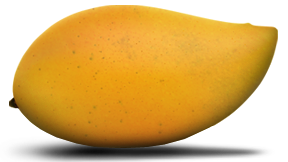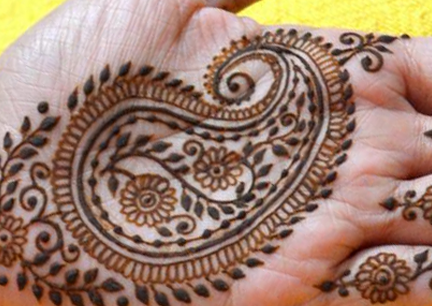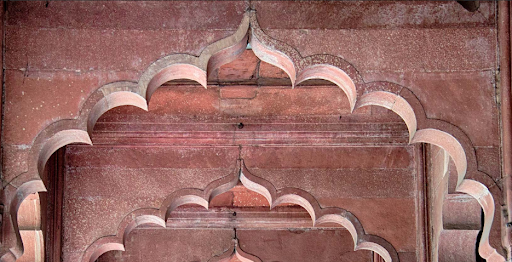Henna in India
In India the henna designs are called mehndi. Staining the skin with plant dyes is an ancient Hindu tradition in India. The use of henna dye probably came with the introduction of Islam in the 12th century. Today henna ceremonies are used by everyone. Hindu, Muslim, Sikh, Zorastorian, Jain, Buddhist, and Christians all include mehndi in their wedding ceremonies in India.


One of the oldest and most popular designs is the paisley. The oldest examples (7th century silk) show a fruit on a tree. One theory is that this represents the Indian mango. By repeating similar curved shapes at many scales, the henna artists are creating a complex mathematical form called “fractals”. The complexity means that the bride will have to sit still for a long time, so her friends have to keep her entertained. In this way henna brings everyone together.
Fractals are often used by scientists to model nature. But in Africa and India, you can see fractals in architecture. Just look for a repeating shape that changes size. In Indian architecture you can see examples in the arches: often big arches are made up of lots of little arches. Can you find the arch of arches in this Indian mehndi design?

